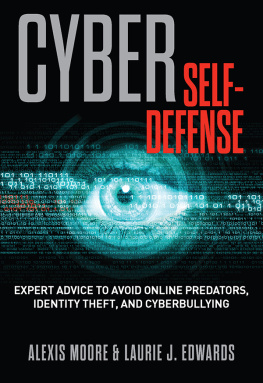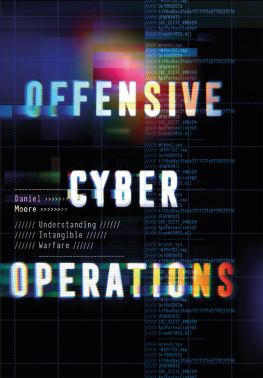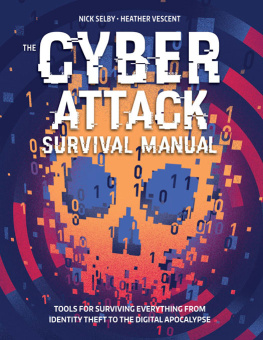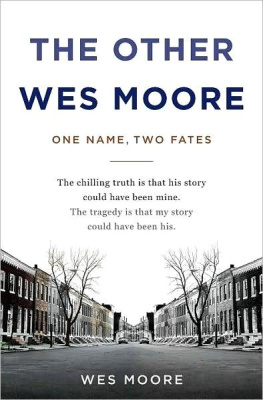Lyons Press is an imprint of Rowman & Littlefield
Distributed by NATIONAL BOOK NETWORK
Copyright 2014 by Alexis Moore and Laurie J. Edwards
Survivors Guide in Appendix B Survivors In Action
All rights reserved. No part of this book may be reproduced or transmitted in any form by any means, electronic or mechanical, including photocopying and recording, or by any information storage and retrieval system, except as may be expressly permitted in writing from the publisher.
British Library Cataloguing-in-Publication Information available
Library of Congress Cataloging-in-Publication Data available
ISBN 978-1-4930-0569-7 (paperback)
eISBN 978-1-4930-1542-9 (eBook)
 The paper used in this publication meets the minimum requirements of American National Standard for Information SciencesPermanence of Paper for Printed Library Materials, ANSI/NISO Z39.48-1992.
The paper used in this publication meets the minimum requirements of American National Standard for Information SciencesPermanence of Paper for Printed Library Materials, ANSI/NISO Z39.48-1992.
To cyberabuse victims everywhere who were once left behind:May this book take you from victim to victorious
Contents
Acknowledgments
They say it takes a village to write a book, but weve found it takes much more than that; our help and support come from around the globe. Thank you to everyone who shared experiences, suggestions, and editing skills with us. Were deeply indebted to each of you, and were grateful that youre a part of our lives.
Introduction
If you picked up this book, youre likely dealing with a cyberattacker or are hoping to protect yourself from online predators. If so, youre not alone. According to the US Department of Justice, more than six million people are stalked each year in the United States alone. With the advent of the Internet, many of these stalkers have taken advantage of the faceless, hard-to-trace crimes of cyberbullying and cyberstalking. Spurned lovers, angry neighbors, jealous coworkers, and bullying teens all find the Internet the perfect way to exact revengeoften with tragic results. Recent high-profile suicides, particularly of teens, are only a small sampling of the widespread and devastating consequences.
The Internet has added a whole new dimension to bullying, terrorizing, and stalking. Its also raised many moral issues: If you destroy someones life or reputation in the news media, you can be sued for defamation of character. If you do it online, you might get away with it. If you murder someone, youll go to jail. But if you bully someone enough that they commit suicide, are you guilty of murder?
Sadly, many victims find little or no help from law enforcement or domestic services. Cybercrime laws are on the books in many states, but penalties are rarely severe. With the exception of cases that involve online sexual predators, it can be difficult to persuade law enforcement to take cyberabuse seriously and prosecute offenders.
This book was written so you can protect yourself from online danger. Cyberabuse can cause lasting damage to your reputation, your self-esteem, your security, and your sanity. This manual will prepare you to fight back and regain control of your life.
Alexis Moores Story
I was thrilled when I met my dream man. He was charming, affluent, and attentivedefinitely the catch of the office. When we moved in together, I felt like I had it all. But that dream quickly died as I discovered my dream man was rotten inside.
When the physical abuse increased, I tried to obtain outside help but failed. One night, after I was beaten so badly it seemed I might not get up again, I fled, leaving behind my home, dogs, treasured photographs, and possessionseverything I ownedto keep from being killed. All I had, literally, were the clothes on my back. But I was free.
My freedom was only the beginning of a new nightmare. My ex was an abusive, controlling, vengeful person who, as a high-tech investigator, knew how to work the system. He wanted revenge and to show me he could control my life whether I lived with him or not. How did he do it? By becoming a particularly devastating cyberstalker.
I was cyberstalked until the last of my money was electronically drained from my bank accounts, my credit cards were canceled, and my email was tampered with. He destroyed my credit rating, making it almost impossible for me to buy a car, rent an apartment, or get a new credit card. My phone records were tapped into daily so that he could track the people I spoke with and monitor my whereabouts. It was painful financially, physically (the stress was killing me and I suffered latent effects from the beatings), and emotionally. He constantly found new ways to let me know that he was tracking my life from his computer and that he could make me miserable. It worked. My entire life was torn apart.
Extricating myself from his cyber-reach took four long, scary, and frustrating years. My experience is proof that even practiced investigators can fall prey to a determined stalker. As a result, I became a passionate advocate and educator for men, women, and teens in similar situations who discover that leaving does not necessarily mean the nightmare is over.
Survivors In Action
In 2007 I founded Survivors In Action (SIA) to help other abuse and stalking victims. Since I began my nonprofit, I have expanded my focus to help victims and potential victims of cybercrime. Through Survivors In Action, I work with victims who are experiencing or have experienced cybercrime as well as other victims whose stalkers find them through electronic means. I also lobby for greater legislation and stronger criminal penalties against cybercrime.
Every day the SIA inbox and voice mail are filled to capacity with messages from victims, advocates, and law enforcement agencies seeking advice and support. With backing from our volunteers (many of them former victims), we help as many people as we can. But with thousands of emails arriving every month (and sometimes every week), it is impossible to assist everyone; there are millions of abuse and cyberabuse victims in the United States alone. This book is our way of trying to reach out to more people who need help; we hope it will give you solutions to your own cyber-problems. The goal of this book is threefoldprevention, protection, and recovery from cyberabuse of all kinds. Our mission is to ensure that no victim is left behind.
Using This Book
Part I introduces ten different personality profiles and their dangerous online behaviors. A quiz in each chapter helps you identify that personality type. Then Alexis Moore reveals how SIA helped the victims. She also offers tips so you can prevent and/or recover from each type of cybercrime. All chapters end with an action checklist, detailing simple steps you can take to protect yourself from that personality.
These quizzes are only to identify potential cyberabusers and give insight into possible dangers; they are not psychological profiles or to be used for the diagnosis of mental or emotional illness. They are intended as general indicators, but each person is different. You are your own best judge of how the behavior affects you. Your partner may have a low score, but if the behaviors cause you more distress than the quiz answers indicate, read the information in the next levels up. And no matter what the score, if someone makes you feel uncomfortable, always trust your instincts and extricate yourself from the relationship.


















 The paper used in this publication meets the minimum requirements of American National Standard for Information SciencesPermanence of Paper for Printed Library Materials, ANSI/NISO Z39.48-1992.
The paper used in this publication meets the minimum requirements of American National Standard for Information SciencesPermanence of Paper for Printed Library Materials, ANSI/NISO Z39.48-1992.